When art advisors predict the market prospects of an artist, they usually adopt institutional endorsements in their statement; of course, their prediction is also drawn from the years of experience being immersed in this industry and the insider information they can get from close personal and professional relationships. Their varying “insights” may be difficult to grasp, but to understand the art market trend and the market aspects of a specific artist, one golden rule can always apply, which can be based on two famous quotes in the fashion world:
In order to be irreplaceable, one must be different.
Coco Chanel
Fashion fades, style is eternal.
Yves Saint Laurent
At a glance, the art market shows that trends always look to the classics, and in the creation of art, the newcomers are always influenced by their predecessors, or reinterpret classic styles. But if you look at the history of art, you will see that the artists who have made a name for themselves in the art market have a standout style. Those who might have a similar style but are less distinguished in terms of quality and substance will quickly disappear into the crowd. I am quite prolific on the Little Red Book platform and am constantly asked by new collectors for recommendations of emerging and promising artists to buy and where to find them.
I suggest that when you read the analysis of the trends in the international art market now, you should also reflect on the above quotes by Coco Chanel and Yves Saint Laurent, and think about the potential of success when tapping into the game of discovering new talents. You may not get a definitive answer, but you should be acutely aware that collecting purely information by hearsay alone may not necessarily give you a significant return on your “investment”, apart from contracting the so-called “collectors’ bug disease”. The biggest gain may probably be the excitement of stepping into a new world with meeting interesting people and artists, and perhaps gaining some form of spiritual enlightenment.

With the end of pandemic-imposed travel restrictions in 2022, the art world is busier than ever. Fairs launched by new art markets around the world have brought attention to local artists who had never before reached the mainstream art market spotlight. In a climate of support for diversity and ethnic talent, black artists have been in the spotlight for a long time, and Asian artists are also on the rise and sure to gain only more attention.
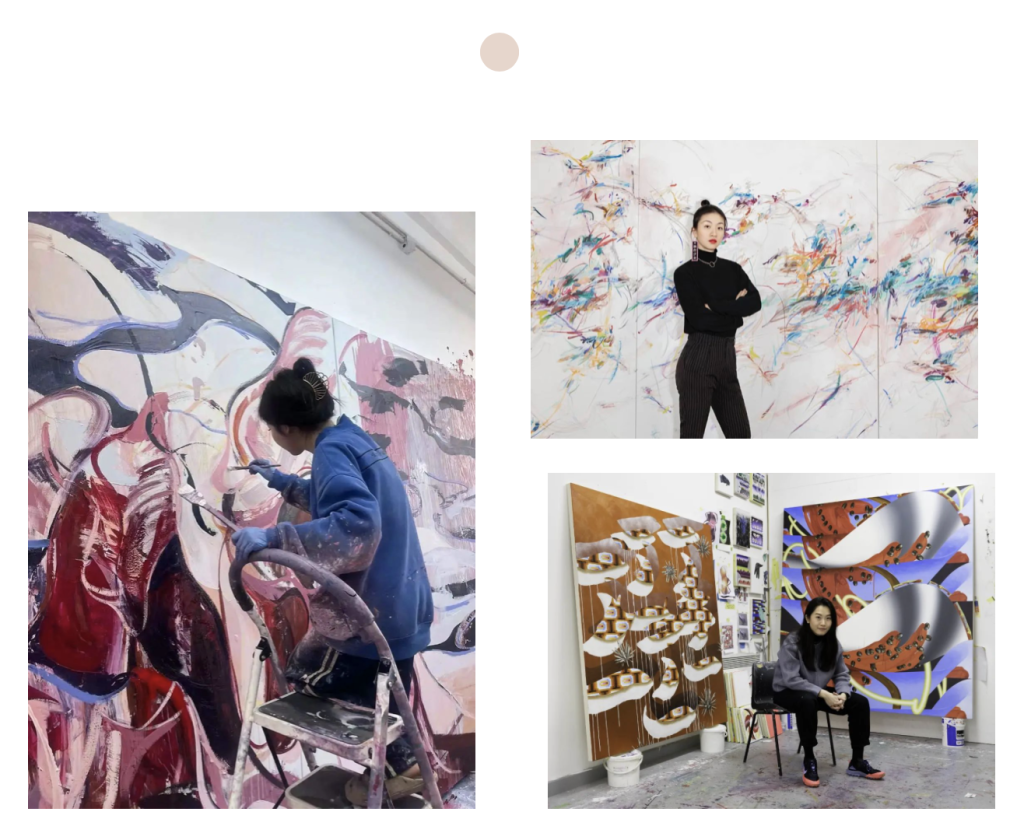
Right top:Xiyao Wang
Right bottom:Vivien Zhang
In terms of popular Asian and Asian artists’ styles, works that are cartoonish and satisfy the childish fantasies of slightly infantilized adults seem to be more popular with Asian collectors. Some of the most sought-after artists in the primary market for this genre include Atsushi Kaga, who depicts various small woodland creatures in fictional worlds, uses his work as a metaphor for the complex social issues of everyday life; Ayako Rokkaku, who paints bright and colourful fantasy landscapes, with cartoon like flora and fauna; and Yuichi Hirako, who uses a multifaceted approach to reflect on the blurred boundaries between nature and humans.
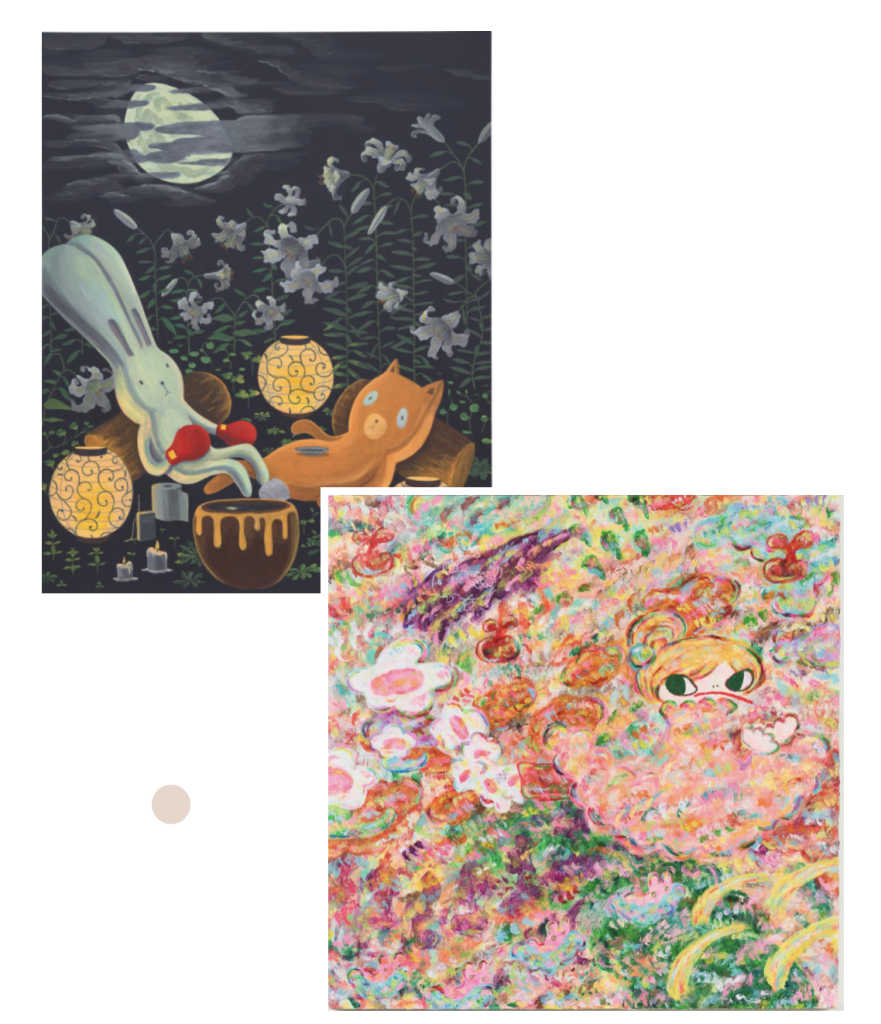
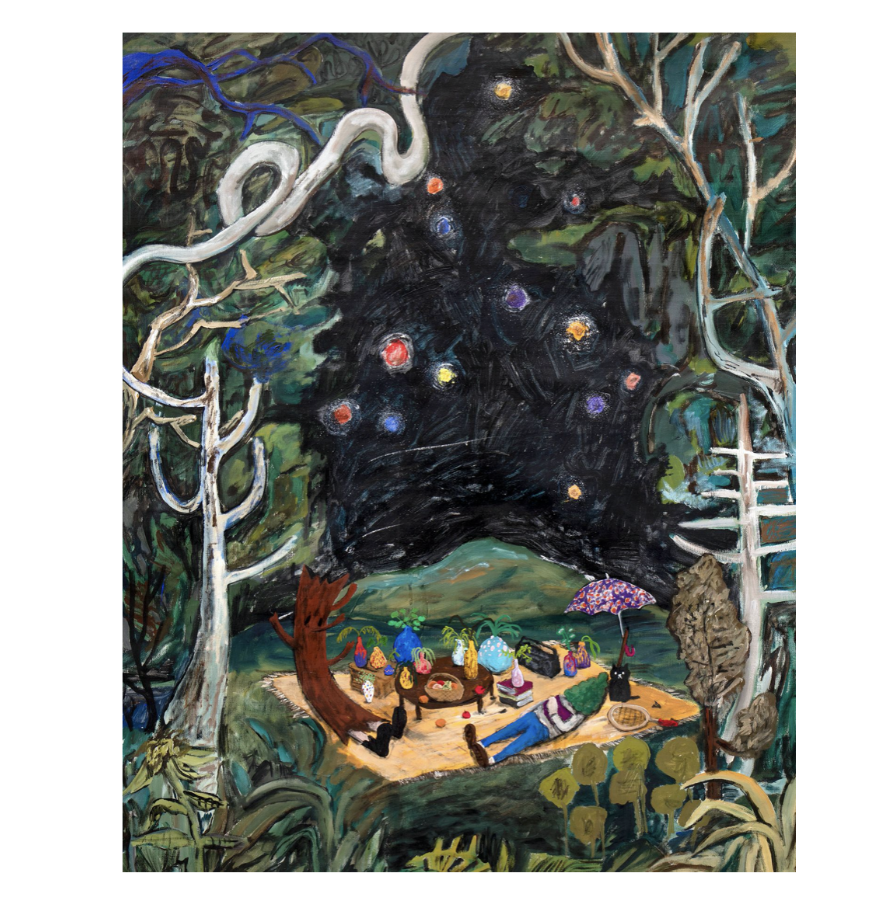
Above(second):Ayako Rokkaku, Untitled(ARP21-04), 2021, Courtesy Konig Galerie
Above(third):Yuichi Hikako, Lost in Thought 58, 2020, Courtesy Gallery Baton
Asian artists who are popular with Western collectors are more likely to exhibit a style which is in some ways more Western, which may also be related to the fact that many of them were educated in the West. Dominique Fung, a contemporary surrealist artist whose work is a criticism of Orientalism in Art and the objectification of Asian women, is very popular in the West; Sun Yitian, a young artist who has recently signed with Esther Schipper, a contemporary gallery based in Berlin, Paris and Seoul, is already in demand in China – I’m intrigued to see how her market develop in the west.
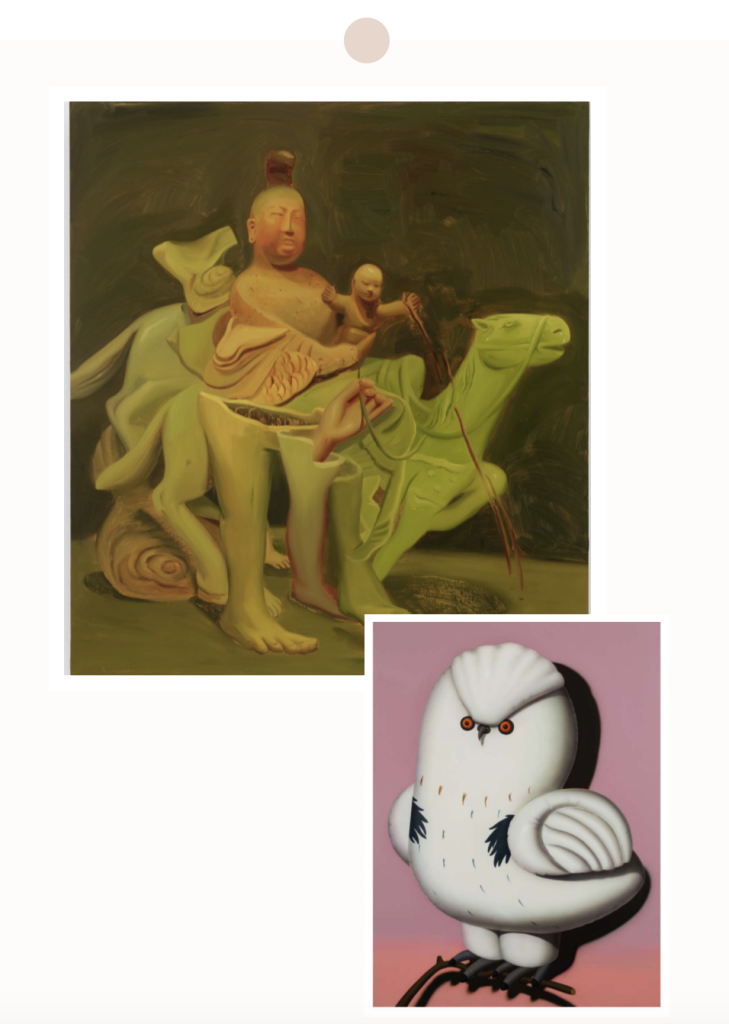
Above(second):Sun Yitian, Fly only when the shades of night gather, Painting, 2021, Courtesy BANK Gallery
Art is inherently international, and whether or not an artist hits the international art market depends less on where they come from, but rather where the gallery representing them comes from, where they have a voice, and what their placing of work strategy is for this artist.
Among the young abstract artists from Asia, some of the most sought-after are: Zhang Zipiao (b.1993), whose paintings are known for their strong, bold colours and sense vitality, is represented by LDGR; Wang Xiyao (b.1992), whose works make good use of colour and abstract lines, aims to express the East in the West and is represented by several major galleries such as Massimo de Carlo, Perrotin, König and Tang Contemporary. However, the galleries are pushing their market, and the chances of mainland collectors getting their hands on their works are now slim. The young Chinese artist Li Hei Di (b.1997), who explores themes of desire through abstract forms in her abstract works, just graduated from the Royal College of Art in London last year and is already represented by Kohn in Los Angeles, Linseed Projects in Shanghai and Pippy Houldsworth in London. Hei Di’s paintings are seductive, organic scenes that depict the ephemeral mating dance that occurs in nature.
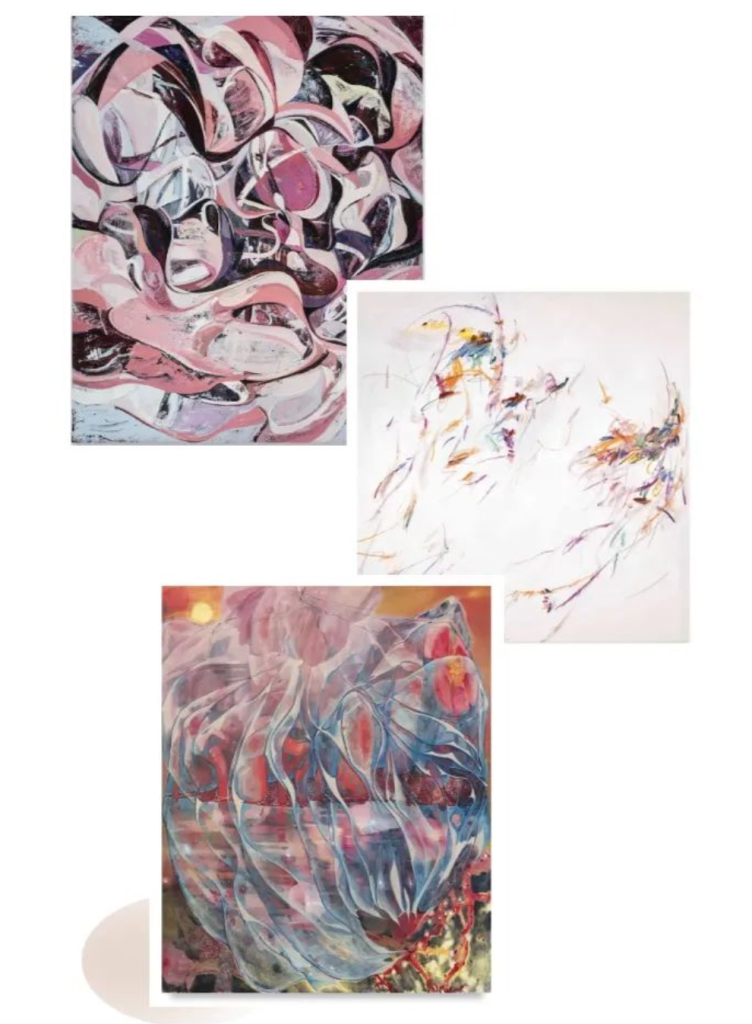
Above(second):Xiyao Wang, Crave the Time in the Palm of Your Head No.4, 2022, Courtesy Massimo de Carlo
Above(third):Li Heidi, Unmotherly Sea of Winter, 2022, Courtesy Kohn Gallery
In the past two years, both the primary and secondary markets have seen a growing popularity in abstract painting which has taken the lead ahead of the figurative paintings of distortive flesh that have been so popular over the past five or six years but have since become somewhat tiresome to the market.
Female abstraction
Female abstraction is still the buzzword in the 2023 art market zeitgeist. Amongst the abstract schools, “gestural abstraction” is the practice of painting through mark making, which expresses the inner self, exploring emotions and emphasising the series of physical actions that painting itself provokes – this practice is at the height of popularity.
Current global institutional exhibitions are giving more attention and endorsement to this school of female artists, ‘Action, Gesture, Paint: Women Artists and Global Abstraction 1940 – 1970’ which took place on 9 February until 7 May this year. The late female abstract expressionist Joan Mitchell (1925-1992) also appeared alongside Monet in a major exhibition, ‘In conversation with Monet’ at the Louis Vuitton Foundation in Paris last year, and her Untitled sold at Christie’s New York last November for Her Untitled sold for $14.13m at Christie’s New York in November last year, and David Zwirner sold a Mitchell for $4.5m at the inaugural Paris+ par Art Basel in October.
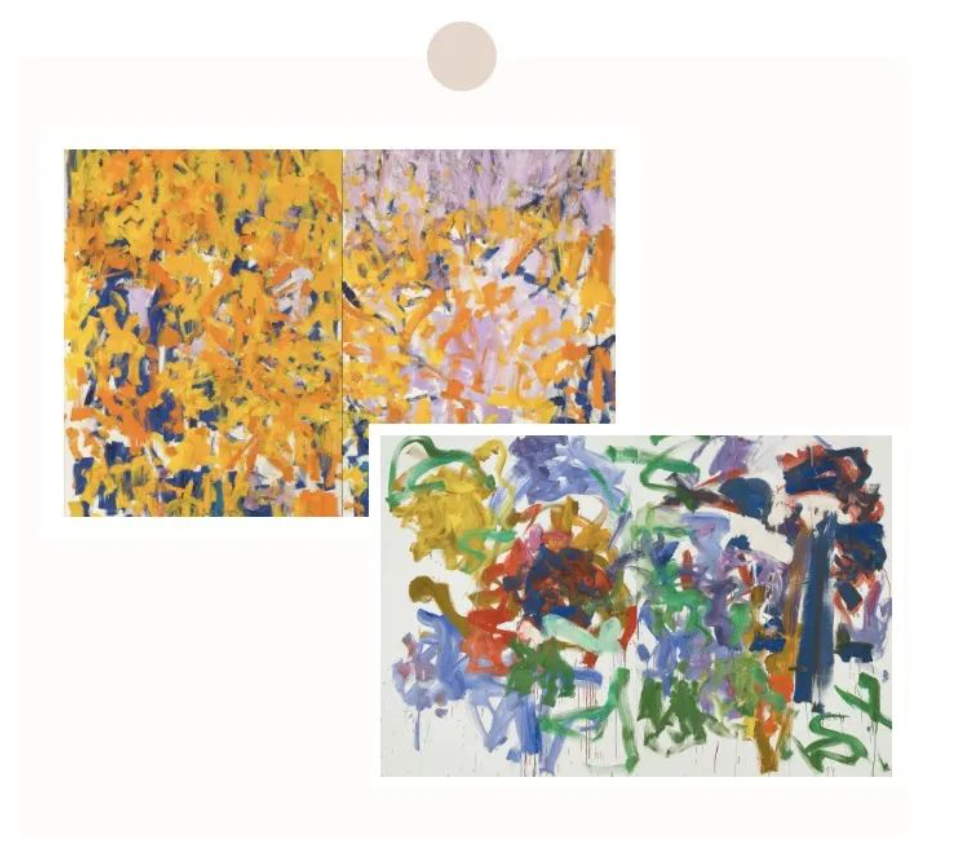
Above(second):Joan Mitchell, Untitled,
sold at Christie’s for 14.13 million dollars.
Other market favourites include Jade Fadojutimi (b.1993), who set an auction record of $1.6M at the October 2021 Phillips sale in London; Lauren Quin (b.1992), who sold for 10 times her estimate of $587.5K at the Spring 2022 sale; and Lucy Bull (b.1990), who set a personal auction record of $1.4M at Phillips in Hong Kong.
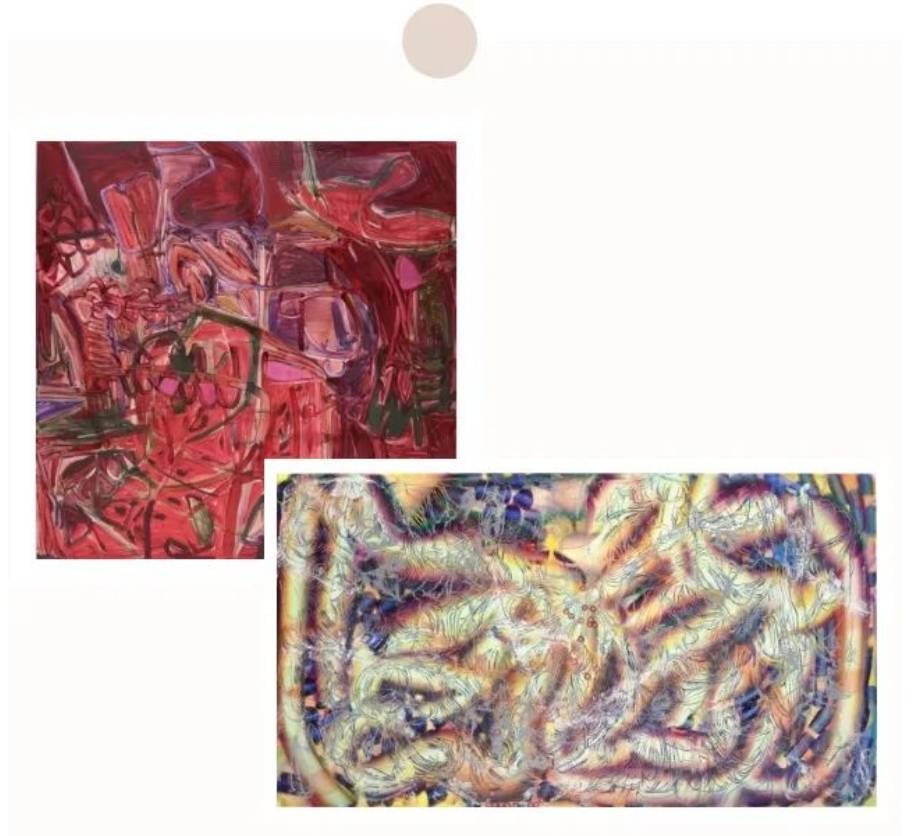
Above(second):Lauren Quin, Airsickness, 2021, Sold at Phillips Auction

In 2022, figurative paintings that show a narrative and pay tribute to a more classical style, began showing more popularity than the amorphic forms of twisted grotesque flesh works that had been popular in previous years.
Quasi-Surrealism
By 2023, figurative painting is still in the spotlight, but it is more the territory of younger artists, the popular styles on the market can be broadly categorised into two types: One is ‘Quasi-Surrealism’ and the other, photo-realism. Quasi-Surreliam is similar to surrealism, but unlike the surrealism we know, the likes of Dali and René Magritte, which distorts and transforms real images into something else; Quasi-surrealist paintings interpret everyday objects and scenes from a new perspective.
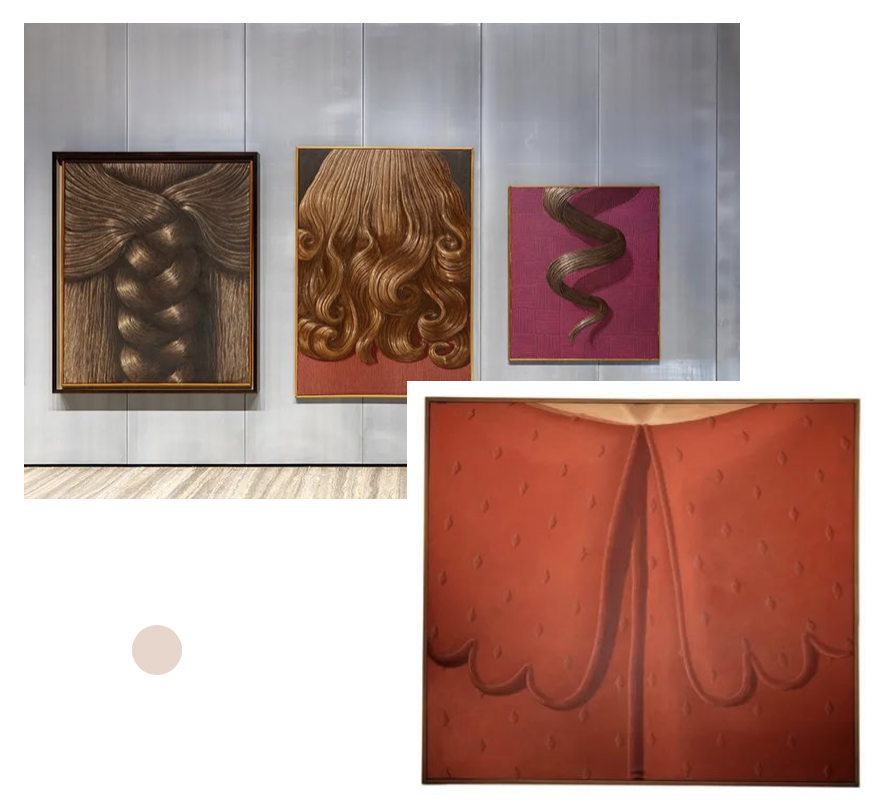
Right:Exhibition view of “Domenico Gnoli” at Fondazione Prada, Milan. Courtesy of Roberto Marossi
If you look at the new galleries and fairs in Europe and the United States, you will see that many of the artists on the market are influenced by Domenico Gnoli’s work. His exhibition at the Fondazione Prada in Milan in 2021 is a representative example of the “Quasi-surrealism” style. His work depicts the details of everyday objects such as ties, shoes and collars, creating a new perspective to portray these mundane objects. Louise Giovanelli, who exhibited at the White Cube in London last summer, and Henni Alftan, who exhibited at the Sprüth Mager in London, both have some hints of Gnoli in their work – Johnny Izatt-Lowry’s work also sells well.
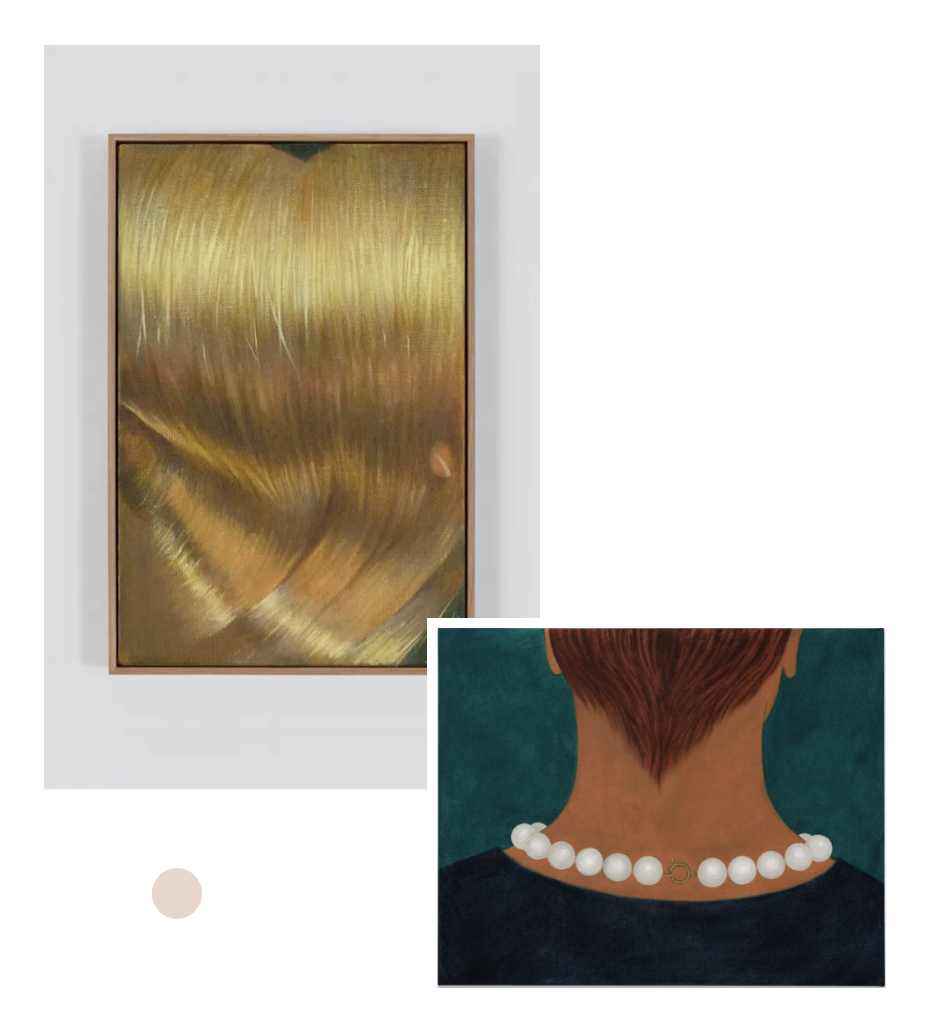

Above(second):Henni Alftan, Necklace, 2021, Courtesy Spruth Magers
Above(third):Johnny Izatt-Lowry, A Jacket, 2021
The work of Anna Weyant, reveals influences from the Dutch classical masters and still life painting. Weyant represents the current trend, treading the line between hyper-reality and surrealism.
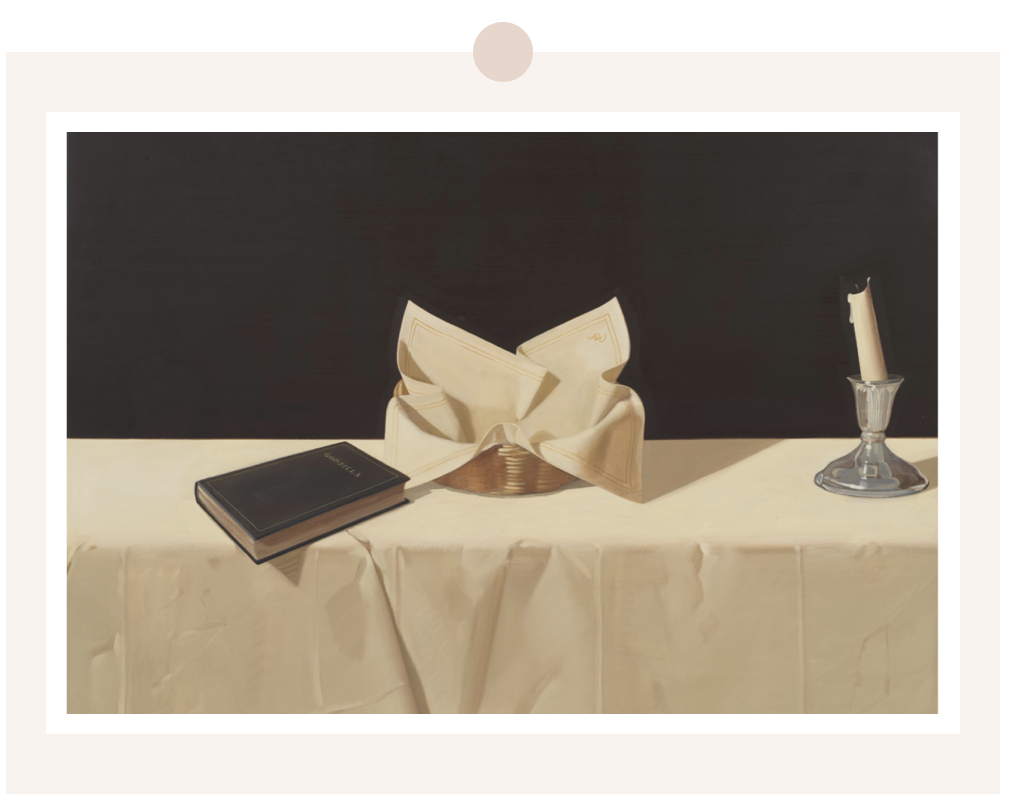
Issy Wood’s style, on the other hand, has been described by the American art critic Barry Schwabsky as ‘Perverted Realism’. When a particular style of art becomes popular, it is easy to see how it can be found in the work of other artists. The London-based American artist Joseph Yaeger (b.1986), who rose to prominence last year, and a host of younger artists, all have a little bit of ‘Issy Wood’ in their work.
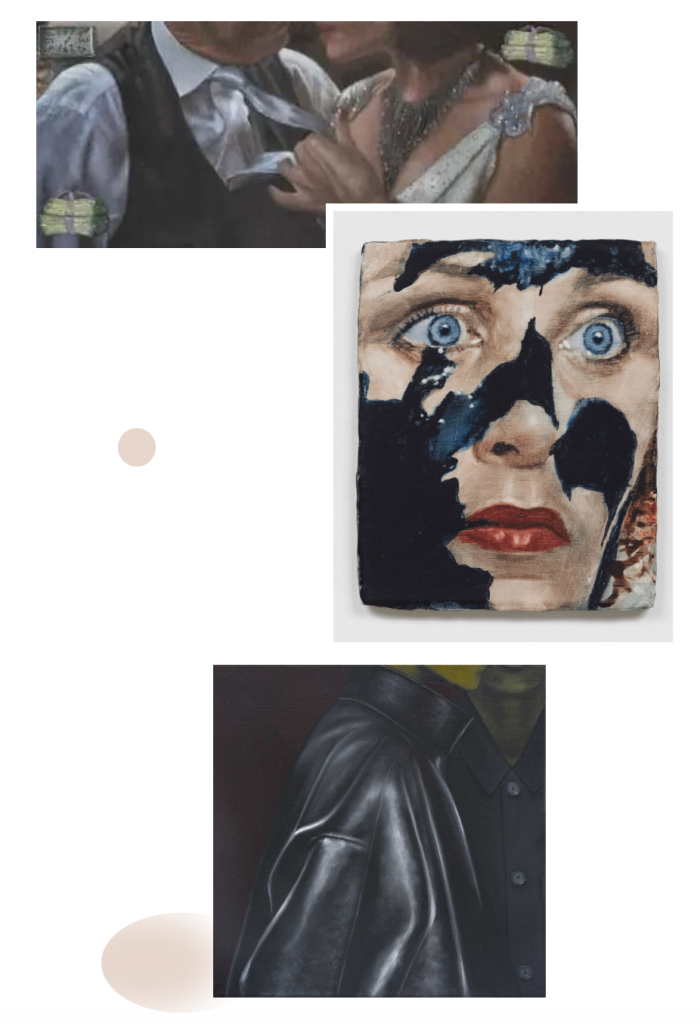
Above(second):Joseph Yaeger, Common Era, 2022, Courtesy Perimeter London
Above(third):Mia Middleton, Meeting, 2022, oil on linen, Image Courtesy: COMA
As I previously mentioned in my 2022 trend round-up, when a famous artist’s style is used by a young and upcoming artist, it can still be commercially successful if their technique is decent (whether or not it will be well received by the conservative institutions). However, whether or not it will last depends on the quality of continuous production of the works, the power of the market and their patrons behind them. Andreas Eriksson’s (b. 1975) works, for example, are certainly beautiful and have always been marketable, but prices have not risen much, and people would say that his work is too much like Per Kirkeby (1938-2018).
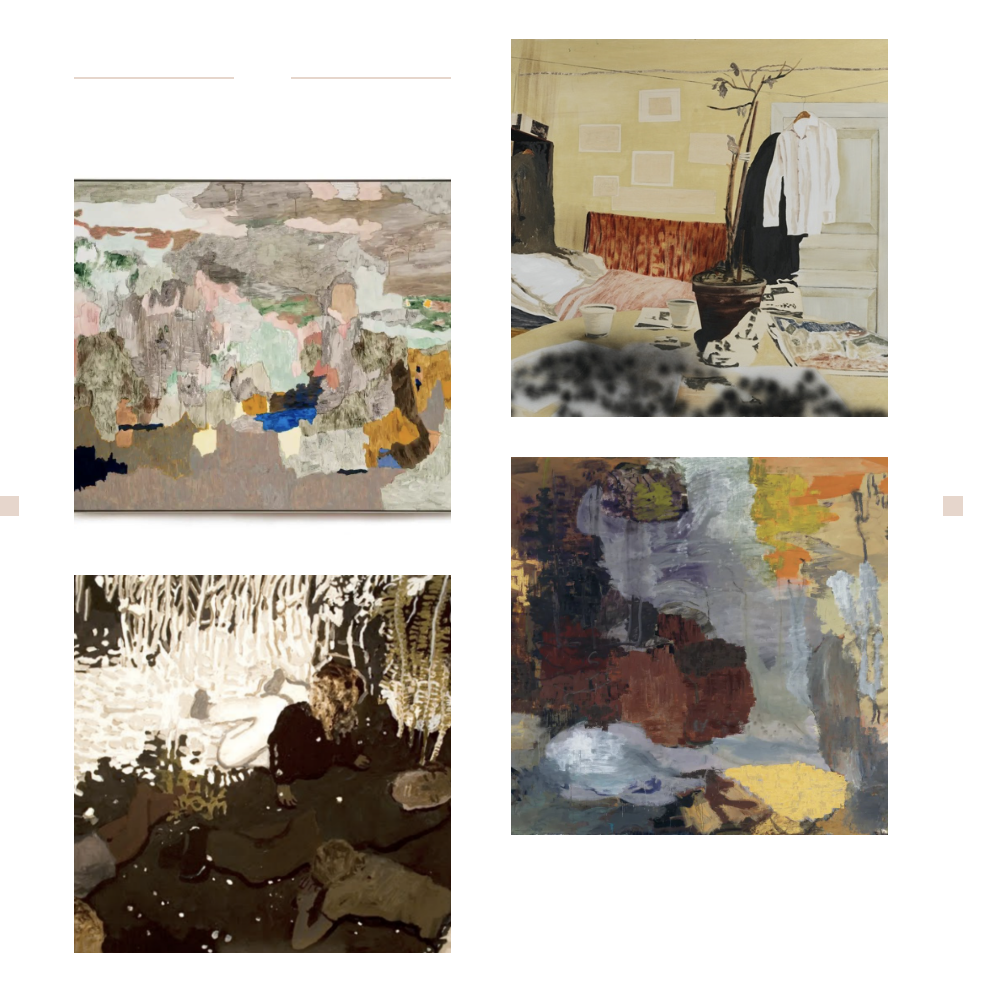
2020, Courtesy Stephen Friedman Gallery
Right top:Mamma Andersson Tick Tock, 2011,
Courtesy of Galleri Magnus Karlsson,
Stephen Friedman Gallery and David Zwirner
Left bottom:Margaeux Williamson 作品
Right bottom:Per Kirkeby, Beatus Apokalypse,
1989, Courtesy Louisiana Museum of Modern Art
At last Year’s White Cube exhibition in Hong Kong, I discovered Canadian artist Margaux Williamson (b. 1976); some of her earlier works reminded me of Mamma Andersson and are now selling particularly well. It is no coincidence that the work of Antonia Showering (b. 1991), who was a big hit last year, is compared to that of Michael Armintage (b. 1984) but remains not at quite the heights that Armitage achieved.

Right:Antonia Showering, Lies Below, 2021, Courtesy Timothy Taylor
Showering is married to David Ross, owner of Carphone Warehouse and chairman of the National Portrait Gallery and it will be interesting to see how the quality and marketability of her subsequent output continues to evolve. All in all, many in the industry agree that it is a mystery whether or not an artist will be successful when all is said and done, and that it is sometimes a matter of luck whether or not they are successful.
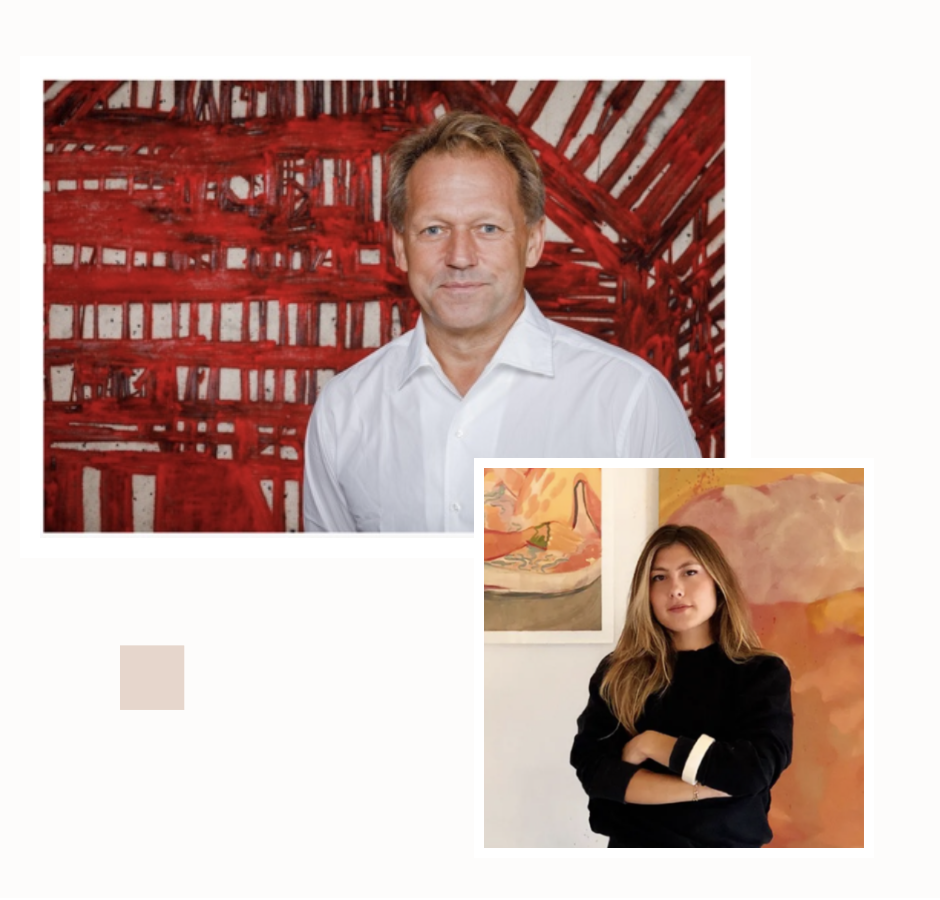
Ultra-Contemporary with just a hint of Post-Impressionist Style
Ultra-contemporary artworks with just a hint of post-impressionist style are also very popular. Whether it is portraiture or landscapes, many young artists’ works tend to either reflect Paul Gauguin (1848-1903) in their use of colour or in the style of Peter Doig (b.1959), who became popular in the 1990s are an ultra-hot trend.

Above(second):Paul Gauguin, Mysterious Water, 1893
Michael Armitage (b.1984) was influenced by Gauguin’s lines and alternating muted and vibrant colours in his paintings. Doig’s influence is also evident in the work of Lebanese artist Omar el Lahib (b.1986), a student of Peter Doig who studied at the Düsseldorf Academy of Art in Germany, and features in the new exhibition at the Saatchi Yates Gallery in London, which has moved to a new location at St James’ earlier this year. The American artist Anthony Cudahy’s (b.1989) figurative paintings capture tender, intimate scenes in soft gestural strokes and an almost phosphorescent colour scheme.
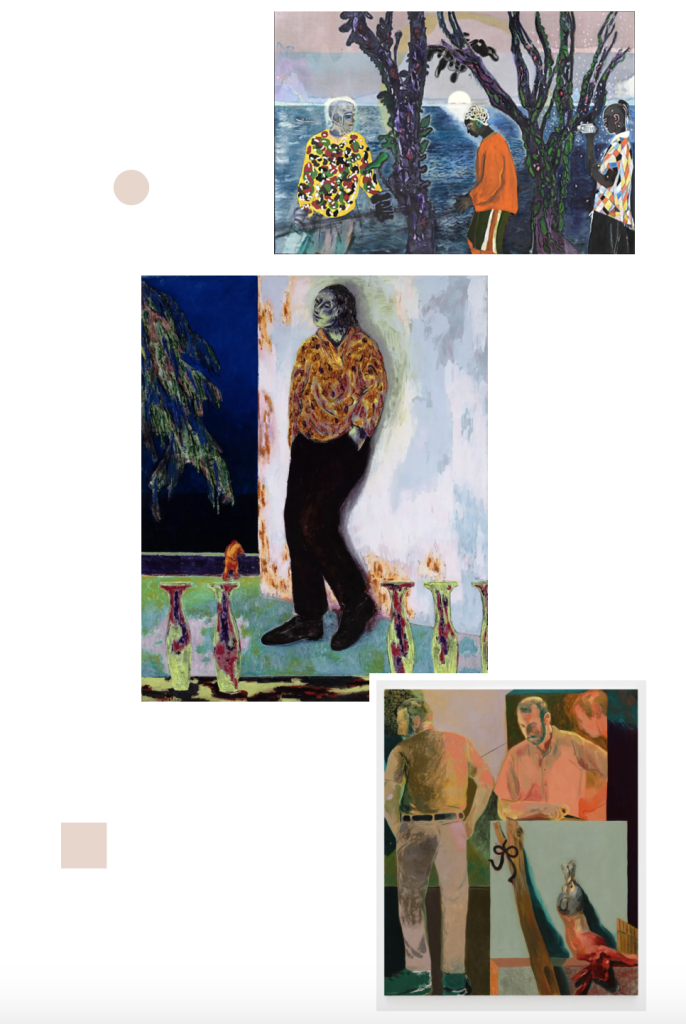
Above(second):Omar El Lahib, Nightclub, 2021, Courtesy Saatchi Yates
Above(third):Anthony Cudahy, A Flaying, 2022, Oil on Linen Courtesy of the Artist and Semiose Galerie
Mystical Symbolism
Within the Surrealist genre, the popularity of ‘Mystical Symbolism’ painting seems to have never waned in recent years. London’s White Cube recently presented an exhibition by TARWUK, a Croatian art duo now based in New York. Their work is typically ‘Mystical Symbolist’, with dark compositions somewhat reminiscent of the surrealist paintings of Richard Oelze (1900-1980). Another is Sarah Buckner (b.1984), whose work is often inspired by the literary genre; her allegorical scenes depict mystifying narratives and with people and vistas akin to that in fables and mythology.
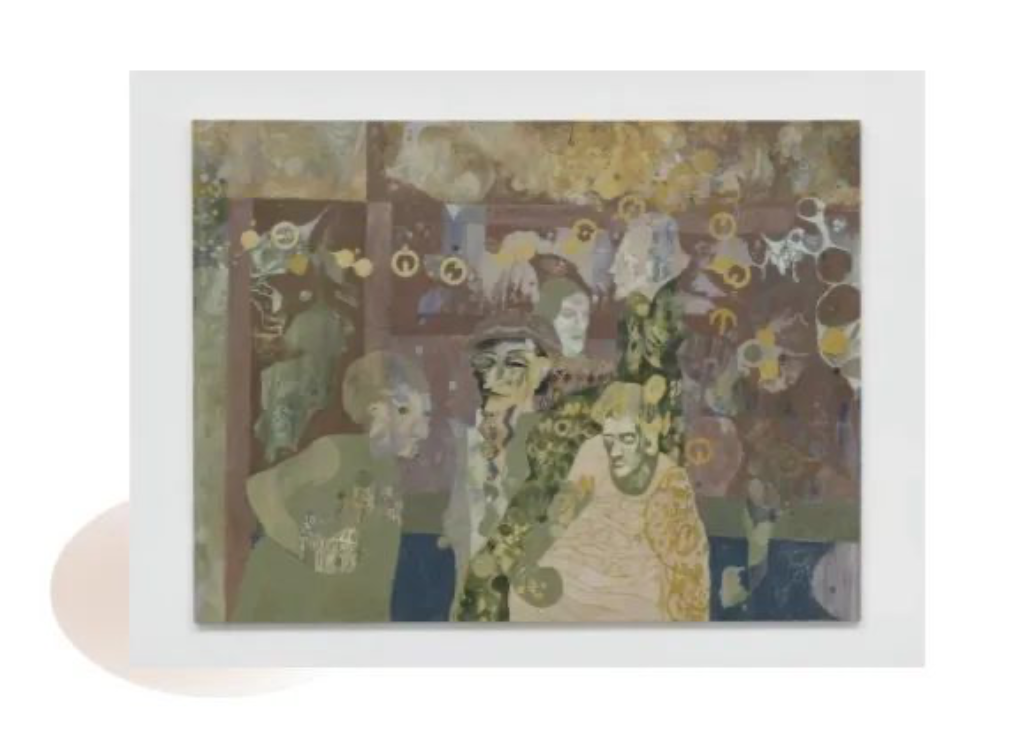
Photorealism (with a twist)…
Another popular realist painting style is ‘photorealism’, first pioneered by Gerhard Richter (b.1932). These works appear to be photographic but have blurred and diluted colours, with the artist using blurred edges and an almost photographic representation of the figures in the paintings.
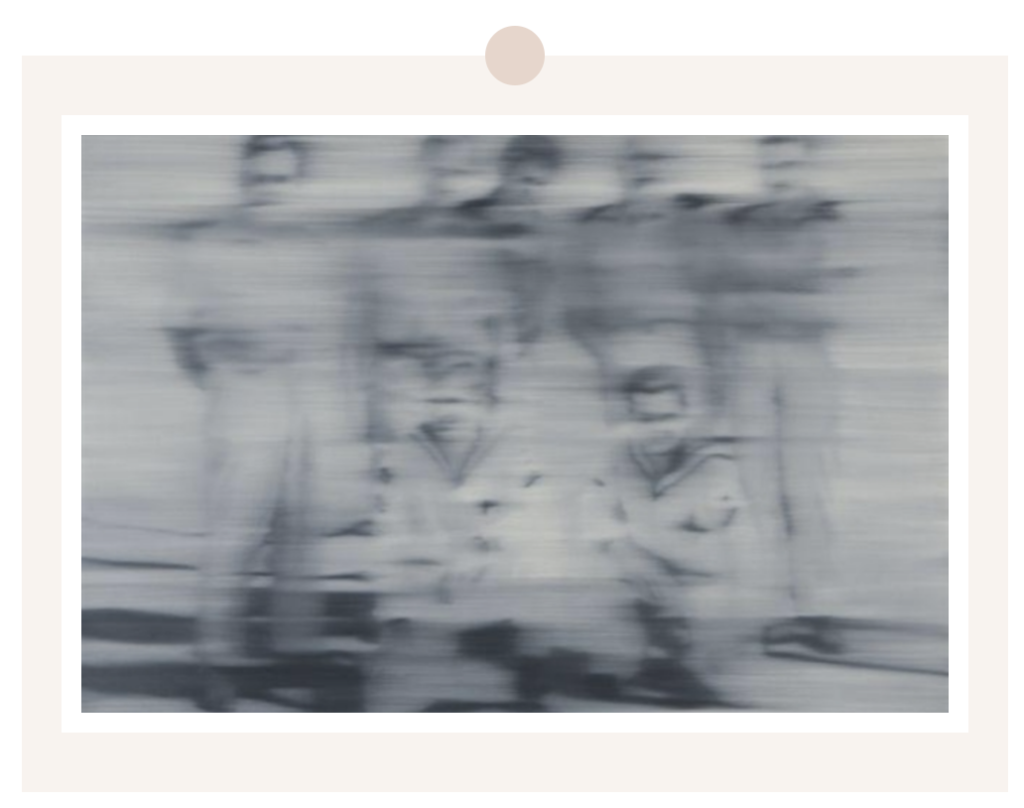
Popular young artists in the style of Photorealism include Giulia Andreani (b.1985), Poppy Jones (b.1985) and Ciaran Murphy (b.1978). The former combines lithography with watercolour to create work that illustrates a personal, hidden experience which mimics reality and constructs ‘shadows’ of realism through a process the artist describes as ‘Shadowing’. The tone of the latter work is a lower saturation, and by adding filter-like colours such as yellow, grey, red and blue, the artist emphasises the melancholic setting of his subjects, creating a unique and desolate landscape.
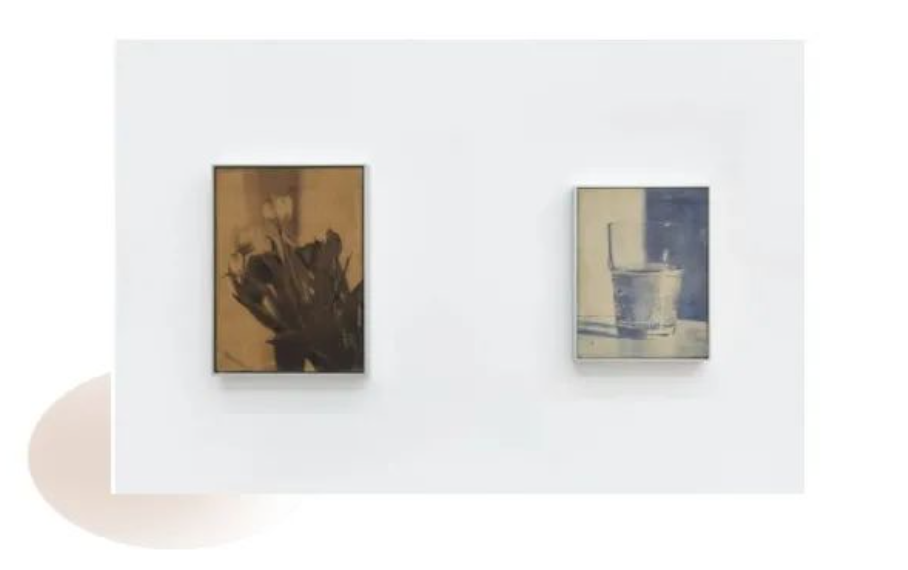
Right: Poppy Jones, Tonic, 2021, Courtesy South Parade Gallery
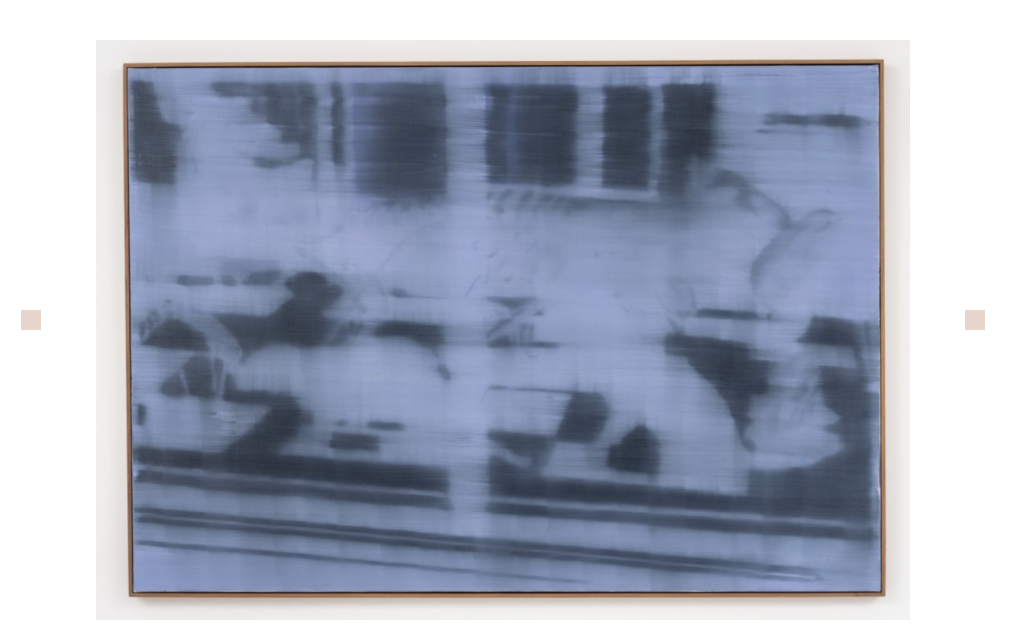
In a growing art market, what I referred to last year as the scramble for fresh meat, rush for wet paint continues – referring to the fact that many artists who have only just emerged from the industry are having their newly completed canvases quickly bought by collectors before they can be moved to the gallery. In such a market, buyers who are not strong enough to compete against the experienced set, are largely dissuaded from the market and are unable to acquire the good works. Coupled with the impact of the recession and inflation on the financial sector, the popularity of bitcoin and other new money, the top stream of wealthy people are safely buying blue chip works leaving a group of young people to fight amongst themselves for the ultra-contemporary art market of emerging artists.
Moreover, thanks to social media, information is spreading faster than ever before and the information gap between countries is becoming smaller, making it a more challenging game to get ahead of. However, with the exception of art collecting, which is done purely for love, being in the art market is to be immersed in the world of both love and possibility of making profits, coupled with occasional moments of epiphany for the player. Some say that the market for young artists is too much of a pandemonium and that it would be better to explore more of the rejuvenated ‘middle-aged’ set. But pushing the market of older artists, may be just like levelling up their physical abilities, for this they cannot be pushed.
It is true that often the galleries of older artists push their works on the market but are met with a dismaying response, ultimately the market was unable to ‘get it up’ for their art. But perhaps if we could consider a mix – maybe include more old people who can no longer pout and young people who are indeed shiny and bright, but with oscillating levels of popularity and attention, we might feel that we do not have to follow the trend of coveting the young but nor do we have to turn to the pitfalls of old age and the need to regenerate them.
Perhaps not following trends, staying true to oneself and buying what you love is still the best way to enjoy the world of art.
-The End-
Text: Luning
Edit: Rosie Fitter






